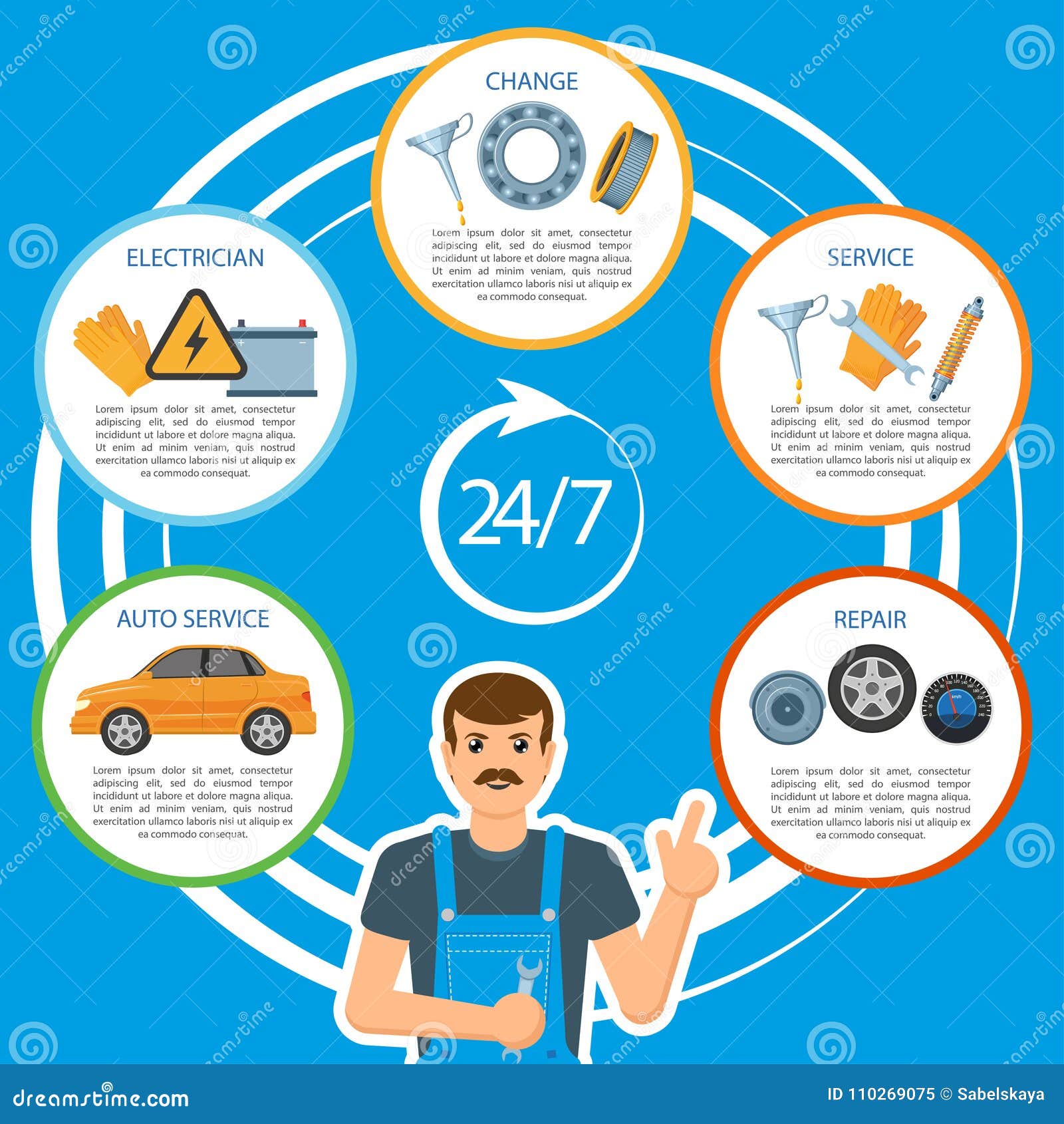Analyzing Your Automobile'S Caution Indicators: What They Truly Convey
Analyzing Your Automobile'S Caution Indicators: What They Truly Convey
Blog Article
Content By-Higgins Corbett
When you're behind the wheel, those glowing warning lights on your dashboard can be a little bit difficult. Do you understand what they're trying to tell you concerning your car's health and wellness? Comprehending the significance of these lights is essential for your security and the long life of your car. So, the following time one of those lights pops up, wouldn't you want to analyze its message properly and take the required actions to resolve it?
Common Caution Lights and Interpretations
Determine common caution lights in your car and recognize their meanings to make sure secure driving.
The most regular warning lights include the check engine light, which signals issues with the engine or exhausts system. If this light comes on, it's crucial to have your vehicle checked quickly.
The oil stress advising light shows low oil pressure, needing immediate attention to prevent engine damage.
A blinking battery light might recommend a malfunctioning billing system, possibly leaving you stranded otherwise attended to.
The tire stress monitoring system (TPMS) light alerts you to reduced tire pressure, influencing vehicle security and gas efficiency. Ignoring https://oilchangeprices28394.blogofchange.com/32658273/evaluate-your-lorry-s-requirements-to-discover-the-excellent-cars-and-truck-outlining-solution-for-you-but-which-variables-will-absolutely-influence-your-decision might cause dangerous driving conditions.
The ABS light indicates an issue with the anti-lock stopping system, endangering your ability to quit swiftly in emergency situations.
Finally, the coolant temperature alerting light warns of engine overheating, which can result in severe damages if not dealt with swiftly.
Understanding these common caution lights will aid you address problems without delay and maintain secure driving conditions.
Relevance of Prompt Attention
Comprehending the common warning lights in your auto is only the first step; the relevance of promptly resolving these warnings can not be stressed sufficient to guarantee your safety and security when driving.
When a caution light brightens on your control panel, it's your cars and truck's method of interacting a prospective problem that requires focus. Neglecting these cautions can lead to more extreme issues down the road, compromising your safety and potentially costing you much more out of commission.
Prompt attention to cautioning lights can avoid malfunctions and accidents. For example, a blinking check engine light can suggest a misfire that, if left ignored, can cause damage to the catalytic converter. Resolving this immediately can conserve you from a pricey repair work.
Likewise, a brake system advising light might indicate reduced brake liquid or used brake pads, crucial elements for your safety and security when driving.
Do It Yourself Troubleshooting Tips
If you notice a warning light on your dashboard, there are a couple of do it yourself troubleshooting suggestions you can attempt before looking for professional help.
The very first step is to consult your automobile's guidebook to recognize what the specific caution light indicates. Sometimes the concern can be as straightforward as a loosened gas cap causing the check engine light. Tightening up https://www.ozarksfirst.com/automotive/spend-less-at-the-pump-with-these-fuel-saving-tips/ might resolve the trouble.
An additional common issue is a low battery, which can activate numerous advising lights. Checking the battery links for corrosion and ensuring they're secure may repair the trouble.
If a warning light lingers, you can attempt resetting it by detaching the auto's battery for a few minutes and after that reconnecting it. Additionally, checking your vehicle's liquid levels, such as oil, coolant, and brake liquid, can aid fix alerting lights related to these systems.
Verdict
In conclusion, comprehending your auto's caution lights is necessary for maintaining your vehicle running efficiently and securely. By quickly resolving these alerts and recognizing what they imply, you can avoid costly fixings and prospective break downs.
Bear in mind to consult your vehicle's manual for particular information on each cautioning light and act appropriately to ensure a hassle-free driving experience.
Keep educated, remain safe when traveling!
